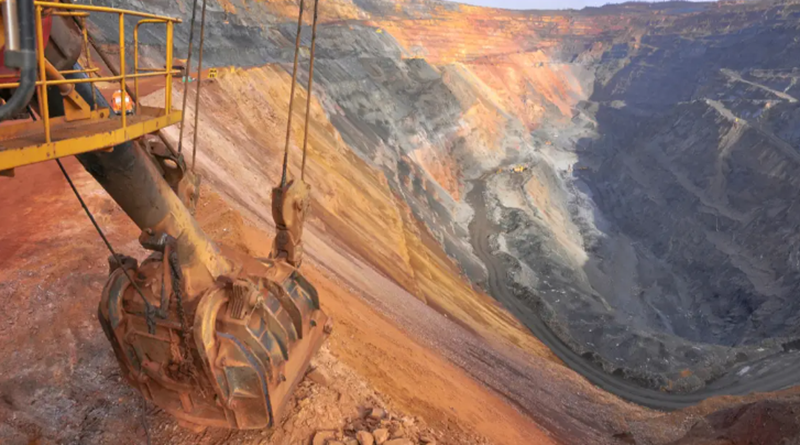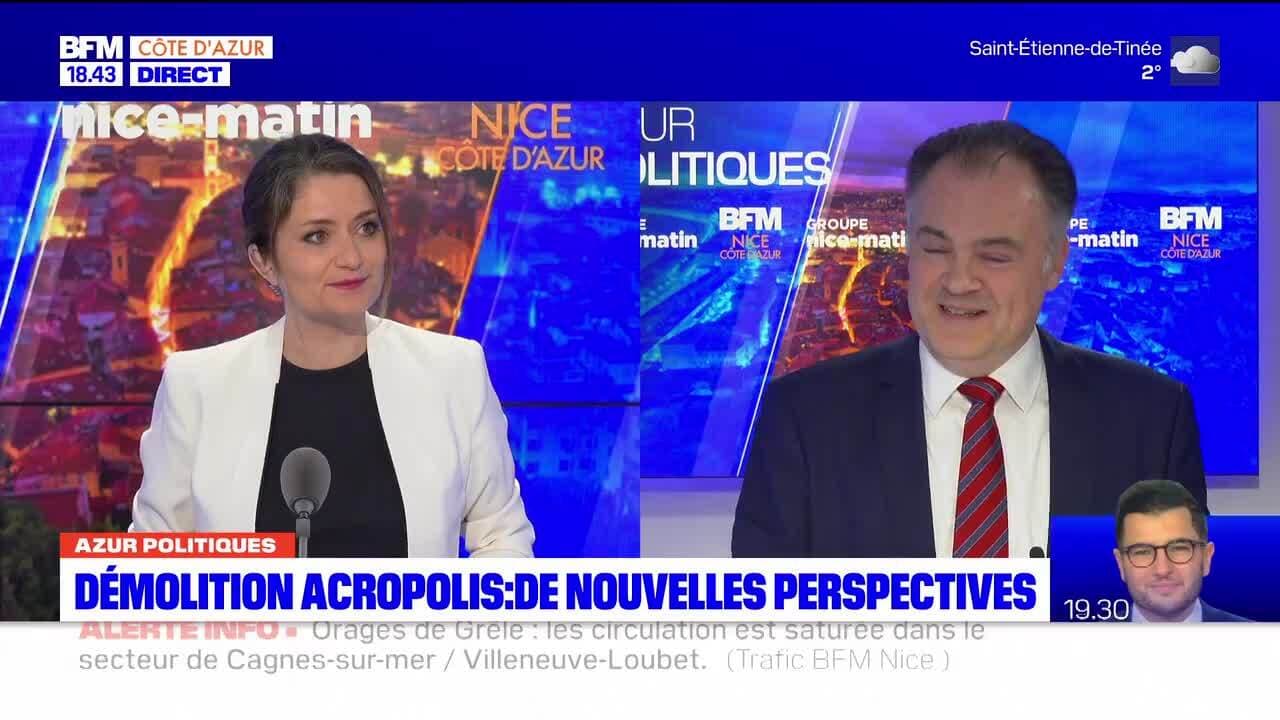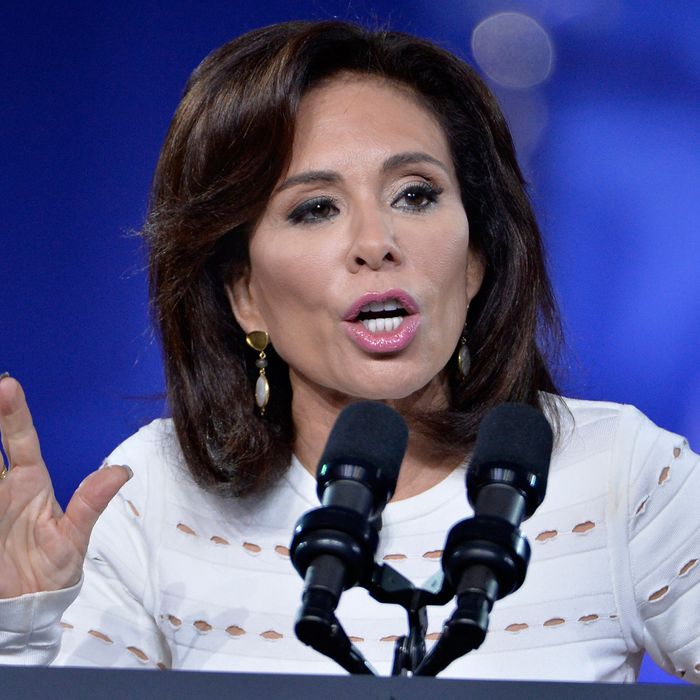Iron Ore Price Decline: China's Steel Output Restrictions

Table of Contents
China's Steel Production Restrictions: The Root Cause
China's decision to curtail steel production stems from a confluence of factors, primarily focusing on environmental concerns and the need to address overcapacity within its steel industry. The country aims to meet its ambitious carbon emission targets, a commitment made on the global stage. To achieve this, the government has implemented a series of stringent policies.
- Environmental Concerns: Years of rapid industrialization have led to severe air and water pollution in many regions of China. Steel production, a notoriously polluting industry, is a major contributor to these environmental problems. The government is prioritizing environmental sustainability and cleaner production methods.
- Overcapacity: China's steel industry has historically suffered from significant overcapacity, leading to inefficient production and price wars. Curbing production is seen as a way to rationalize the industry and improve overall efficiency.
- Carbon Emission Targets: China has pledged significant reductions in carbon emissions as part of its commitment to global climate change initiatives. Reducing steel production is a key strategy in achieving these targets.
Specific examples of implemented policies include:
-
Production Quotas: Many steel mills have faced production quotas imposed by the government, limiting their output. For instance, in the first half of 2023, several major steel-producing provinces implemented stricter quotas, resulting in immediate production cuts.
-
Stricter Emission Standards: New and stricter emission standards have been enforced, requiring steel mills to upgrade their facilities and adopt cleaner technologies. Non-compliant mills face penalties, including temporary or permanent closure.
-
Factory Closures: Several inefficient or polluting steel mills have been forced to close permanently, further contributing to the reduction in overall steel output.
-
Policy Implementation and Impact:
- Q1 2023: Initial production cuts led to a 5% reduction in national steel output.
- Q2 2023: Further restrictions tightened the supply, leading to a more pronounced impact on prices.
- Government Initiatives: The government is simultaneously investing in research and development of more sustainable steel production technologies, promoting the use of recycled steel, and encouraging technological innovation within the sector.
Impact on Global Iron Ore Demand
The reduction in Chinese steel production has had a significant ripple effect on global iron ore demand. China is the world's largest consumer of iron ore, and its decreased demand directly impacts prices. This iron ore price decline is felt across all major markets.
- Decline in Iron Ore Imports: China's imports of iron ore have decreased significantly, impacting the revenue of major exporting countries.
- Price Fluctuations: The price of iron ore in key markets like Singapore and Rotterdam has experienced considerable volatility, with a general downward trend.
- Impact on Producing Countries: Australia and Brazil, two of the world's largest iron ore producers, have seen a drop in export revenues, leading to economic challenges within these nations.
Future Outlook for Iron Ore Prices and China's Steel Industry
Predicting the future trajectory of iron ore prices is complex. Several factors could influence future price movements, including:
- Short-Term Outlook: A continued decline in iron ore prices is likely in the short term, given the ongoing restrictions on steel production in China. However, the extent of the decline will depend on the intensity of these restrictions and the overall global demand for steel.
- Long-Term Implications: China's commitment to environmental sustainability will likely lead to a long-term shift in the steel industry, with a focus on cleaner and more efficient production methods. This could eventually lead to a recovery in iron ore demand, but potentially from a smaller, more sustainable industry base.
- Global Steel Demand: Shifts in global steel demand, driven by factors such as infrastructure development and economic growth in various regions, will also play a crucial role in shaping future iron ore prices.
- Technological Advancements: The development of new steelmaking technologies, potentially reducing reliance on iron ore or leading to more efficient usage, could fundamentally alter the market dynamics.
Investing and Trading in the Face of Iron Ore Price Volatility
The volatility in the iron ore market presents both risks and opportunities for investors and traders. Effective risk management is paramount.
- Risk Mitigation Strategies: Diversification across different asset classes, careful analysis of market trends, and setting stop-loss orders can help mitigate risks.
- Hedging Techniques: Using futures contracts or other hedging instruments can help protect against potential price declines.
- Investment Opportunities: Investing in companies involved in sustainable steel production technologies or recycling could offer long-term growth potential.
Conclusion: Understanding and Navigating the Iron Ore Price Decline
The decline in iron ore prices is inextricably linked to China's stringent measures to curb steel production. Understanding the reasons behind these restrictions and their impact on global demand is vital for navigating this complex market. China's policies are likely to shape the future of the iron ore market for years to come. Staying informed about the latest developments in Chinese steel production, environmental regulations, and global steel demand is crucial for making informed decisions. Subscribe to reputable market news sources and follow industry experts to stay ahead of the curve in this dynamic sector and better understand the future of the iron ore price decline and China's steel output restrictions.

Featured Posts
-
 Last Minute Shift White House Withdraws Nomination Chooses Maha Influencer For Surgeon General
May 10, 2025
Last Minute Shift White House Withdraws Nomination Chooses Maha Influencer For Surgeon General
May 10, 2025 -
 Dijon 2026 Les Ecologistes Preparent Leur Campagne Municipale
May 10, 2025
Dijon 2026 Les Ecologistes Preparent Leur Campagne Municipale
May 10, 2025 -
 Fox News Jeanine Pirro Named Trumps Top D C Prosecutor
May 10, 2025
Fox News Jeanine Pirro Named Trumps Top D C Prosecutor
May 10, 2025 -
 Le Modem Et Renaissance Fusion En Vue Pour Une Ligne Politique Plus Unie
May 10, 2025
Le Modem Et Renaissance Fusion En Vue Pour Une Ligne Politique Plus Unie
May 10, 2025 -
 Stephen King Compares Stranger Things To It Key Similarities And Differences
May 10, 2025
Stephen King Compares Stranger Things To It Key Similarities And Differences
May 10, 2025
